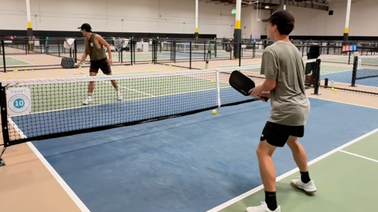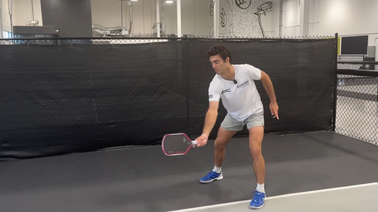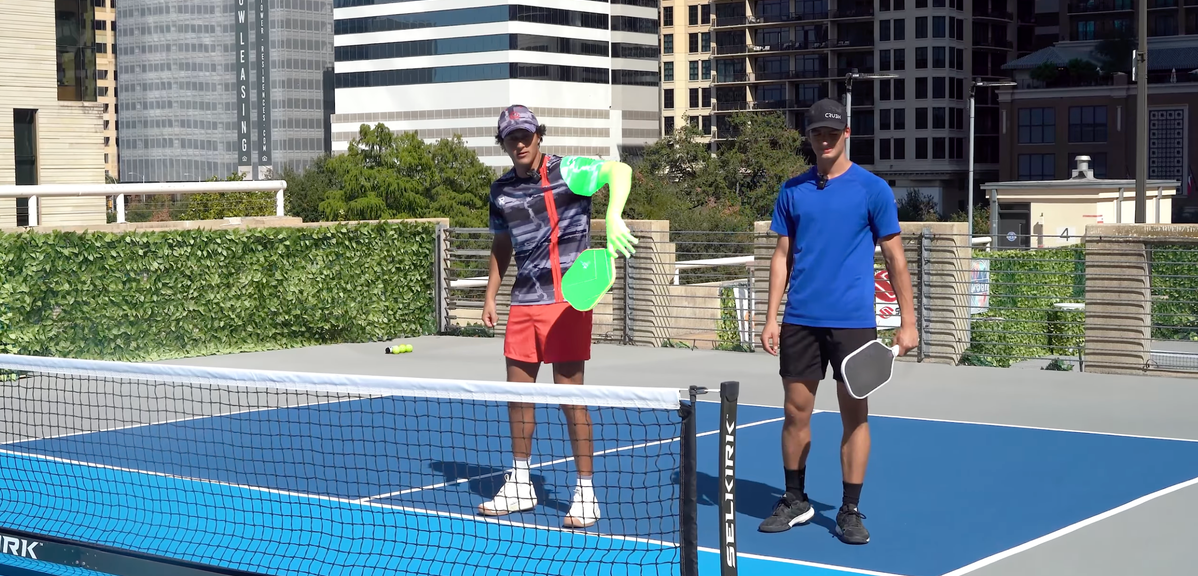
How Sitting Neutral Can Transform Your Counters and Chop the Chicken Wing for Good
There's this moment that happens to almost every pickleball player. You're at the kitchen line, someone fires a speedup right at your shoulder, and suddenly your arm contorts in a way that looks and feels like you must have just picked up a paddle for the first time.
You know the position. The dreaded chicken wing. It's awkward, it's weak, and the resulting shot usually ends with the ball either sailing long or dying in the net.
APP pro Jack Munro recently teamed up with up-and-comer Elliott Schupp to break down exactly why this happens and, more importantly, how to fix it.
Turns out, it's all about how you're positioned before the ball even comes at you.
The Problem With Sitting Backhand
Here's what most amateur players do: they camp out in a backhand-ready position. Their paddle's already cocked to the left (for righties), and they're committed to hitting everything, and I mean everything, with a backhand counter.
Munro explains that while this approach has its merits (you don't have to think, you can take balls earlier if you slide correctly, and you eliminate the guesswork), it creates a massive vulnerability. When that speedup comes to your forehand side, you're stuck.
"If I get jammed in my chicken wing, then I'm just going to pop it up or shank it into the net."
And there's another problem: when you slide to cover that forehand side with your backhand, you're out of position for the next ball. You've essentially given up court positioning to hit a shot that's already compromised.
The Neutral Position Advantage
So what's the alternative? Sitting neutral.
Instead of committing to one side, you stay balanced in the middle and react to where the ball actually goes. This means you can open up your forehand when the ball comes to that side, turning what would've been a weak chicken wing into a legitimate weapon.
"Now you're turning a weakness into a strength," Munro explains.
"Now you have a forehand volley here instead of trying to chicken wing or trying to take it out front with the backhand."
The benefits stack up quickly:
- You don't have to slide and abandon your court position
- You can protect your line while staying centered
- You convert a vulnerable spot into an offensive opportunity
But here's the catch, and Schupp demonstrates this beautifully in the video: you need to use an eastern or semi-western grip to make this work. A continental grip won't give you the wrist flexibility to properly open up on that forehand counter.
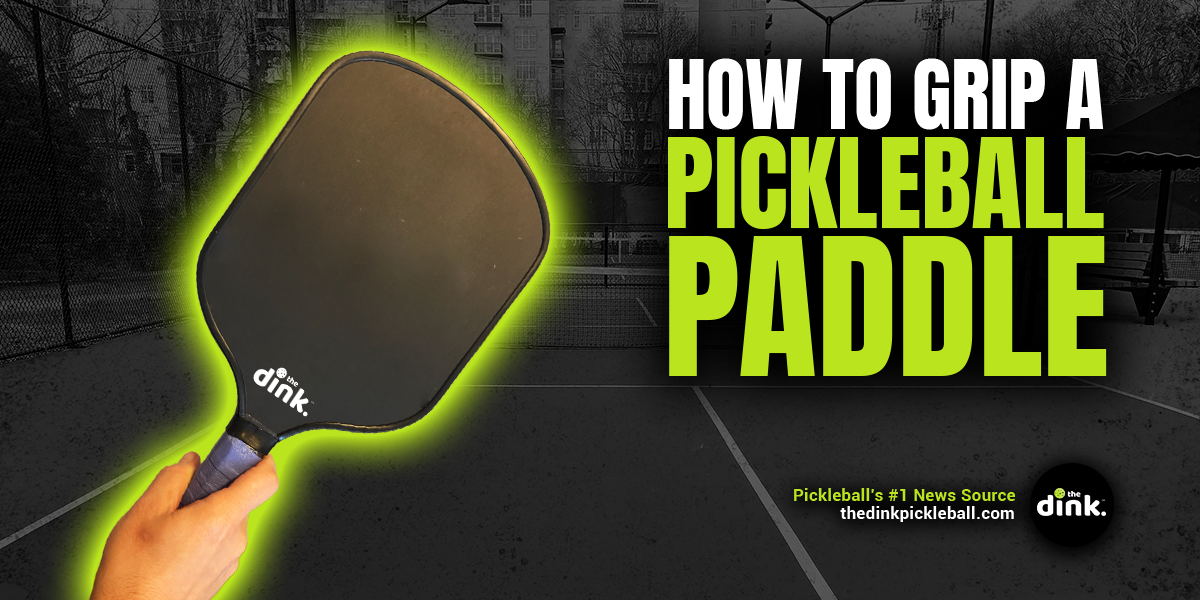
The Mechanics That Make It Work
Munro breaks down three critical elements for executing this forehand counter:
Keep your elbow tucked. This is non-negotiable. If your elbow drifts outside your body, you're just chicken-winging your forehand instead of your backhand, which is arguably worse. Players like JW Johnson excel at this because their elbow stays glued to their body, making it easy to punch forward.
Short backswing. Like most counters, this shot demands a compact motion. Take a big backswing and you'll be late, sailing balls 10 feet long. A short punch lets you recover and reload faster. You're back to neutral before the next ball arrives.
Let the paddle face do the work. Here's where the forehand counter really shines compared to the backhand. When you open up on your forehand side, your paddle naturally faces down without any extra wrist manipulation. On the backhand side, you have to break your wrist significantly to angle the paddle down. The forehand counter automatically puts the ball at your opponent's feet, exactly where you want it.
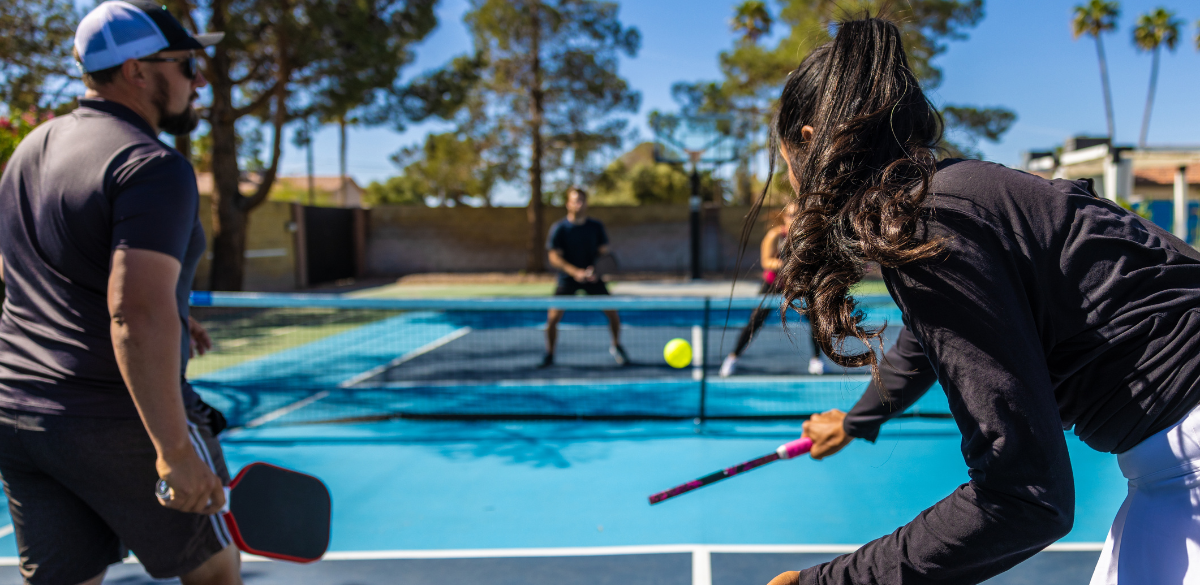
The Mental Game of Staying Neutral
The biggest challenge isn't the mechanics. It's the decision-making. When you sit backhand, you don't have to think. But when you sit neutral, you need to read the ball and choose between forehand and backhand in a split second.
Munro's solution? Don't sit at all. Just stay neutral and react.
"My first instinct is to go to the ball," he explains.
"They're going to speed up at me and I'm not guessing. No matter where they hit it, I'm always going to be on that ball."
It's a subtle but important distinction. Instead of pre-committing to a side and hoping you're right, you're training yourself to respond to what actually happens. If you guess wrong, you don't have time to recover and still hit a solid counter.
It works for the pros. For the rest of us, the path forward should be clear: stop camping out on your backhand, start sitting neutral, and turn that awkward shoulder shot into a strength. Your opponents won't know what hit them, or more accurately, where you're going to hit them.

Love Pickleball? Join 100k+ readers for free weekly tips, news & gear deals.
Subscribe to The DinkGet 15% off pickleball gear at Midwest Raquet Sports





